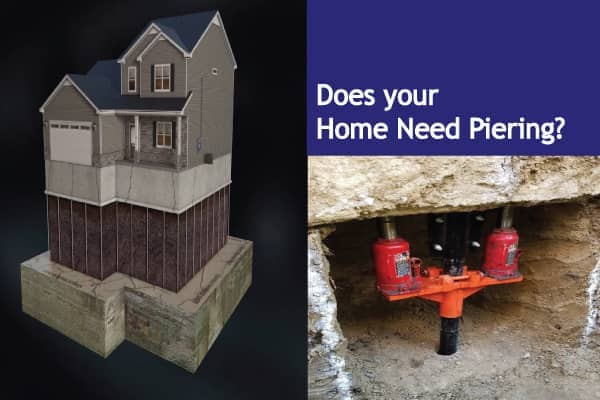The Buzz on Best Basement Waterproofing
The Buzz on Best Basement Waterproofing
Blog Article
Our Best Basement Waterproofing PDFs
Table of ContentsThe 9-Second Trick For Best Basement WaterproofingAn Unbiased View of Best Basement Waterproofing6 Easy Facts About Best Basement Waterproofing ExplainedIndicators on Best Basement Waterproofing You Should KnowSome Ideas on Best Basement Waterproofing You Need To Know
AdvantaClean's skilled professionals and professionals will certainly find the water resource. If wall surface or slab cracks are present, we will certainly infuse polyurethane and epoxies into the fractures and seal the compromise, preventing more wetness from getting in.If there's condensation outside of the foil, you have high moisture in your basement. Repair it with a portable room dehumidifier or a whole-house humidifier system instead of waterproofing items. If the foil has condensation on the inside surface (beside the wall), the soil around your house may be naturally damp from a high water table or inadequate soil drainage.
You can waterproof just your interior wall surfaces, which might resolve the issue. Once they dry out, they adhere completely to concrete and stonework wall surfaces.
Some Known Questions About Best Basement Waterproofing.
Swirl the brush at the final stage of application to offer the wall an attractive, finished appearance. Concrete water-proof coverings can't be put on formerly repainted surfaces; examine the tag. A 5-gallon bucket expenses regarding $60. Likewise referred to as densifiers, they are ideal only for walls that haven't been repainted or sealed.
You clean, roll, or spray it on a lot even more heavily one gallon covers simply 75 square feet, not the 300 square feet regular with typical paint. Water resistant paint is great for do it yourself application. You can apply it over repainted surface areas, and paint over it once it's treated (one gallon costs $37).
It can cost $10,000 to $15,000, depending on the job required. Exterior waterproofing entails excavating around your home fully depth of the structure walls, after that setting up a waterproof coating or membrane layer covered by water drainage panels. The panels offer a simple course for water to flow to an outside French drainpipe at the end of your foundation.
We've all been caught in a storm with no umbrella or raincoat (Best Basement Waterproofing). And it's over here always a recipe for catastrophe: whatever's wet, your hairstyle is spoiled, and points are obtaining stuffy. A cellar without waterproofing is kind of like that. Minus the messed up hairdo part. Your basement doesn't wish to experience a downpour without correct protection just as high as you do not desire to.
How Best Basement Waterproofing can Save You Time, Stress, and Money.
If you have actually done your study, you would certainly know there are two kinds of waterproofing: inside and exterior. It can obtain perplexing what they both mean, which one's a better financial investment, and what will actually keep the water out. Do not stress, we put together this blog site to quickly define both techniques for you and review the pros and cons of each.
Outside waterproofing is a waterproofing method that includes securing your home from the outside. It's kind of like a moat around a castle. It includes digging a trench around your whole residence down to the foundation (about 8 to 10 feet down). The foundation walls are after that cleansed, secured, and covered with a waterproof membrane or sealant.

The Main Principles Of Best Basement Waterproofing
It's a more involved procedure that requires excavating up your backyard, which is expensive and lengthy. Outside waterproofing involves eliminating every little thing surrounding the house, including porches, driveways, walkways, landscape design, a/c units, decks, and so on. If any of the job was done inaccurately and water is still entering your cellar, there isn't much you can do to deal with or repair it.
Interior cellar waterproofing includes waterproofing from the inside. Any type of water that leaks into your basement is redirected prior to it touches your floor.
It's an efficient technique to waterproof your basement. The disadvantage of interior cellar waterproofing mostly has to do with the installation process.
Getting The Best Basement Waterproofing To Work
Finally, exterior and interior basement waterproofing are both effective methods of securing your home from water damage. Outside waterproofing creates a barrier that protects against water from entering your home, while interior waterproofing reroutes water that does enter your home. And it is essential to note that exterior waterproofing is an expensive and disruptive installment process when compared to interior waterproofing.
Whichever method you select, make certain you select a trustworthy and reliable service provider for the work. Both techniques require skilled workers to take care of the task. If you have any questions about basement waterproofing, please connect to us. And if you remain in our solution location and have water in your cellar, call us for a cost-free, no-obligation home examination.
You can complete our kind here, start a conversation in the bottom right-hand corner, or call us at 1-800-827-0702.
Report this page